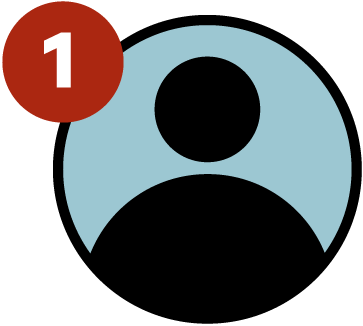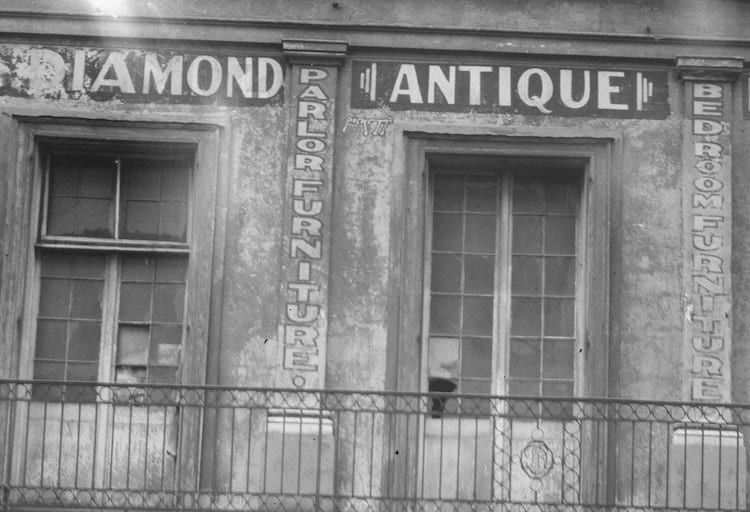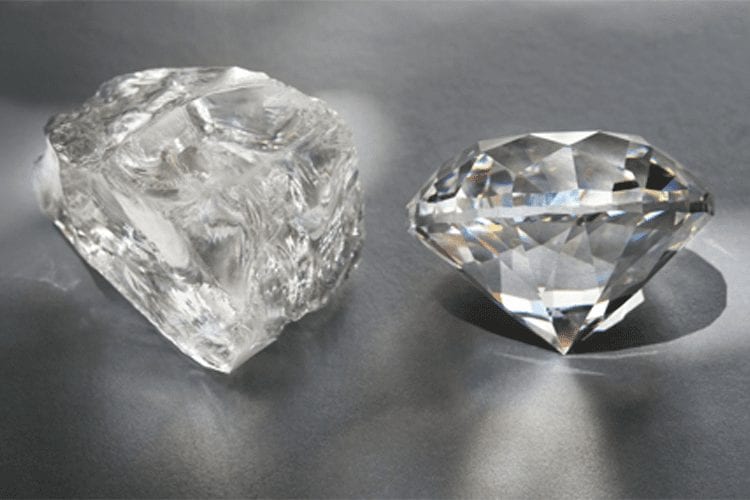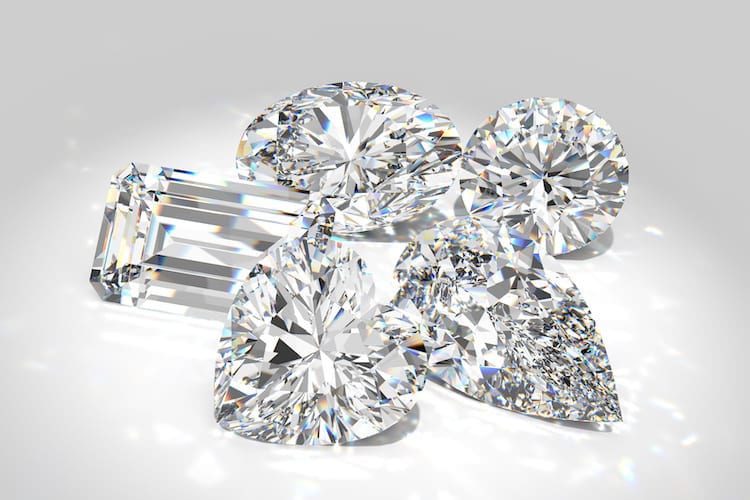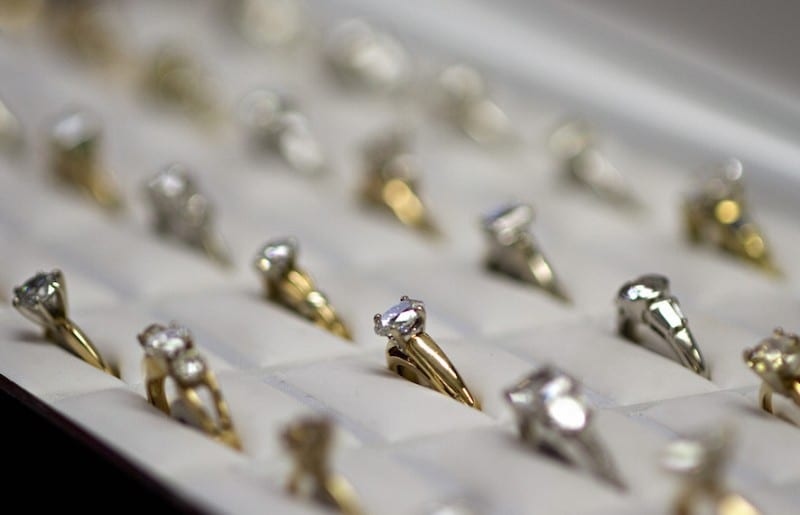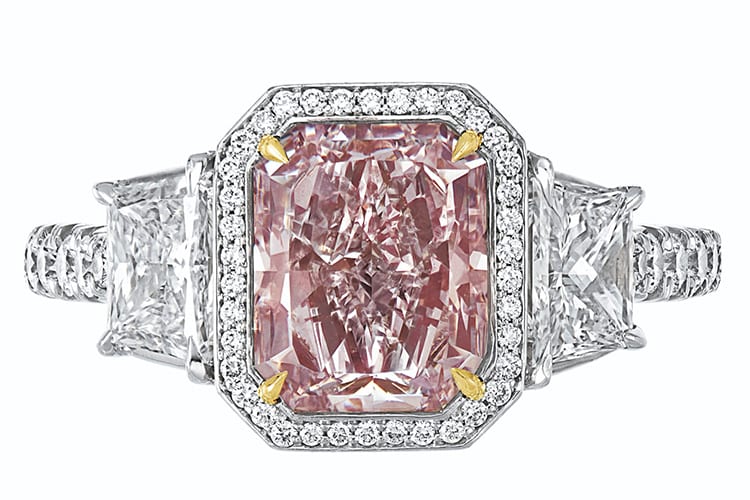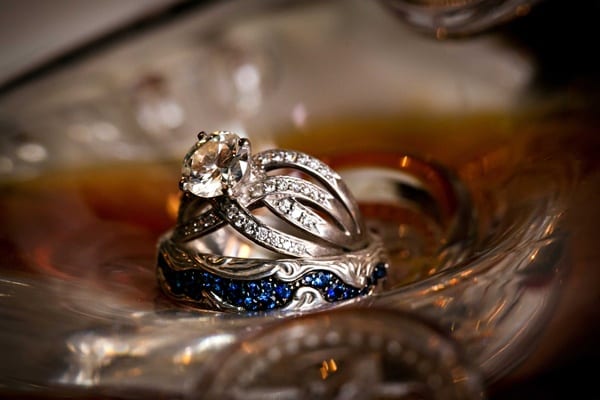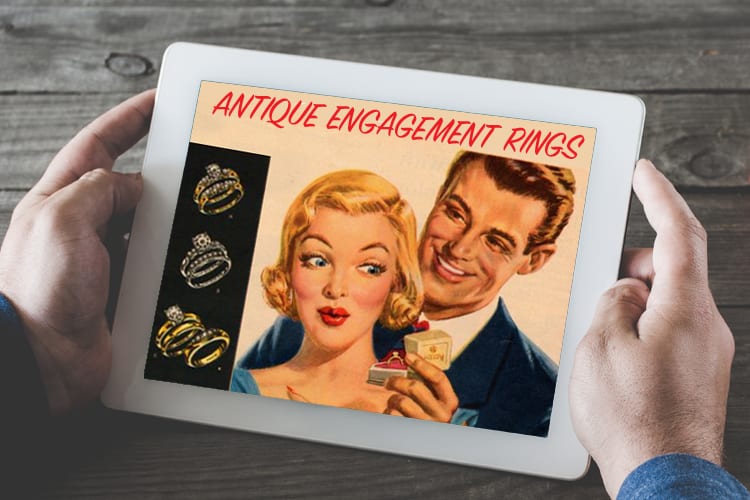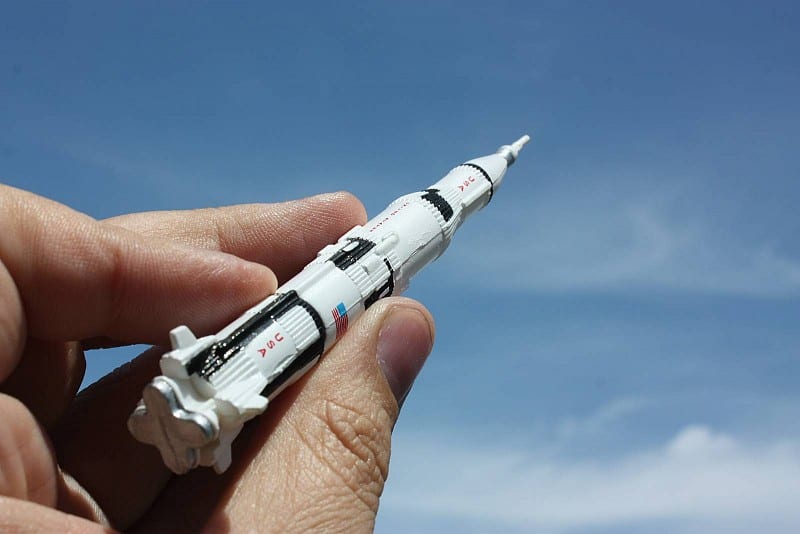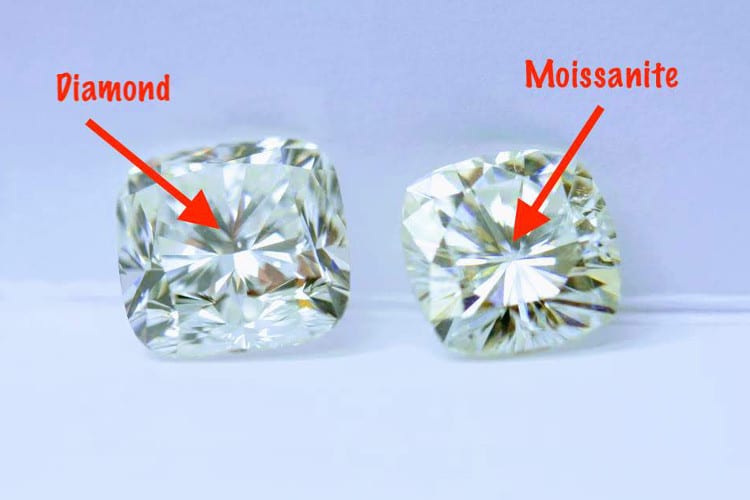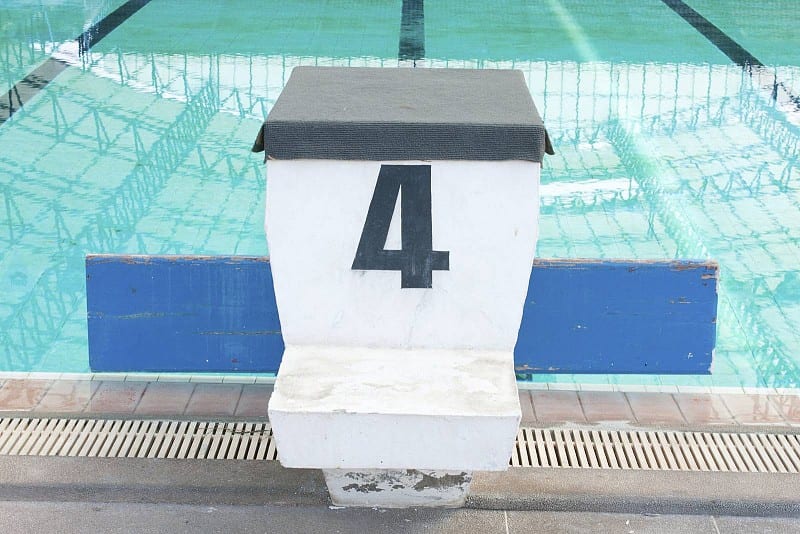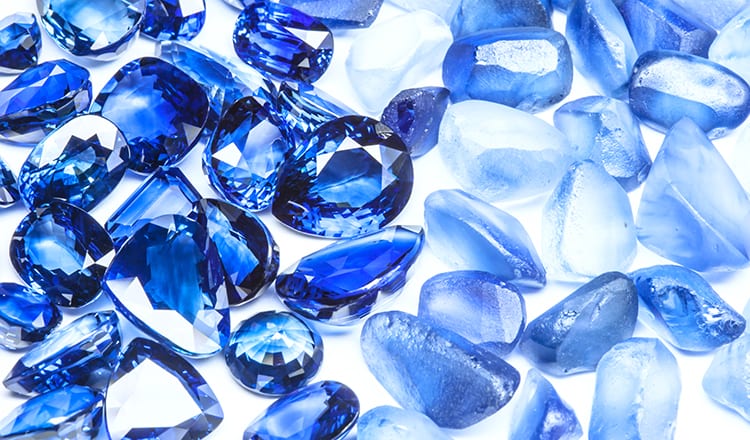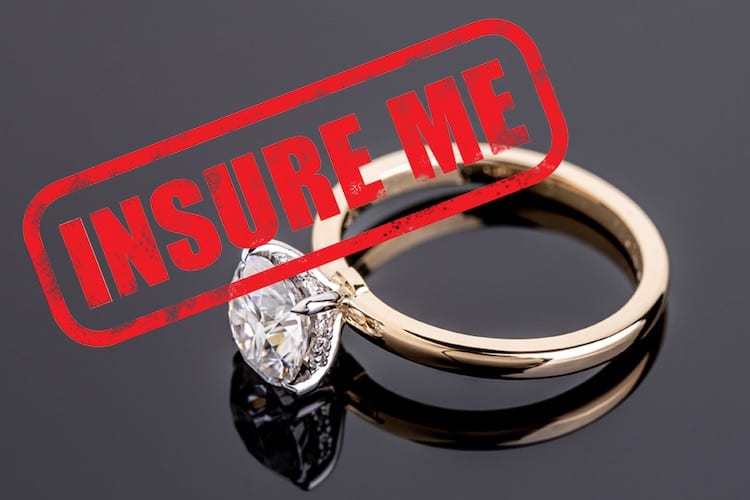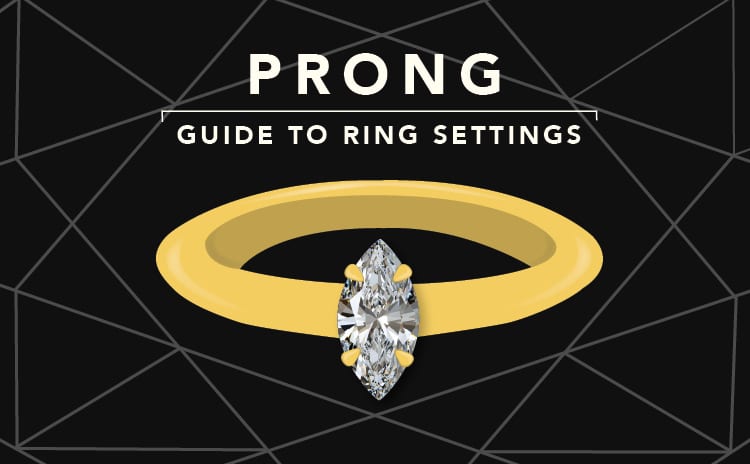
Why it’s good: Prong-set rings prop the diamond up above the band, allowing the stone to be flooded with light for optimal sparkle.
Tip 1: Any shape or cut of stone is compatible with a prong setting — all that varies is the number and arrangement of the prongs.
Tip 2: Of all the ring settings, prongs are most prone to coming loose. Opt for prongs in platinum because the metal is stronger than gold.
What Is a Prong Setting?
When you think of a classic diamond ring, there’s a good chance it’s got a prong setting — the thing that attaches the stone to the metal. It’s a technical detail but it plays a big part in a ring’s overall appearance. This category of setting uses three or more little metal prongs, which wrap around the sides of the stone and affix it to the band. While it may not sound like much, those little prongs allow the stone to be exposed to light from every angle — a recipe for making a diamond looks its best.
While other settings generally surround the stone with metal in one way or another, prongs require very little metal to hold a stone in place. Less metal means more diamond, which is a perk in numerous ways. Rather than having light hit only the stone from the top (or crown), prong settings let light reach the sides of the stone (or pavilion). That added light translates to added sparkle, creating the eye-catching brilliance most women dream of. And because prongs prop the diamond up — basically putting it on a pedestal to shine — they can make a stone appear larger and more impactful. If your budget doesn’t allow for a big rock, a prong setting can amplify a smaller diamond’s presence.
The History of Prong Settings
Prong settings have been the most popular choice for engagement rings pretty much since they were invented. It all began in 1886 when Charles Lewis Tiffany (of Tiffany & Co.) debuted the Tiffany setting, which is just a specific variety of prong setting that employs six prongs. But there’s been a lot of innovation since Charles’ day and, where six prongs were once the minimum required to secure a stone, there’s a whole wide world of prong settings beyond the original.
The variations mainly come down to the size and shape of the diamond being used. Six prongs are most compatible with round stones since the prongs can be evenly distributed around the circumference of a circle, but square and rectangular shapes, like an emerald or princess cut, are better off with four prongs: one for each corner. A pear-shaped stone can be set with three prongs; an oval can be set with eight. The combinations are nearly infinite.
What to Look For in Prong Settings
Prong settings can be used in a wide variety of ring styles but, for the most part, prong-set rings tend to be simple: a single, solitaire stone on a plain or pavé band. This, coupled with the fact that prong settings use minimal metal, means that they can be some of the most affordable ring options. Because there are fewer design flourishes, the little things are especially important. Look for a stone of the best color and clarity within your budget and pay attention to the quality of the craftsmanship. Do the prongs snag on fabric? Any rough edges or sharp points? Everything should be uniformly finished and smooth to the touch.
Potential Problems
The one potential downside to prong settings is that they are susceptible to coming loose. Everyday wear-and-tear can gradually bend the prongs, which can eventually lead to the stone falling out. This can be avoided with a little advance planning: If you invest in a prong-set ring, take it to the jeweler every few years to have the prongs tightened. Gold, especially 18 karat and higher, is a very soft, malleable metal — making it more likely to get bent out of shape. So, even if a ring’s band is gold, the safest choice is prongs in platinum, which is the strongest precious metal on the market.
10 Prong Setting Diamond Rings for All Budgets
Prong settings are a timeless choice, yielding quintessentially classic engagement rings. If your bride-to-be hasn’t hinted at any particular preference of setting, prongs are the most failsafe option. Here are 10 of our favorites.
1. GREENWICH ST. JEWELERS
With a 2.00 carat stunner like this, you don’t need much else. An understated six-prong setting in rose gold makes for one perfectly understated ring. $2,500 (Photo courtesy of Greenwich St. Jewelers)
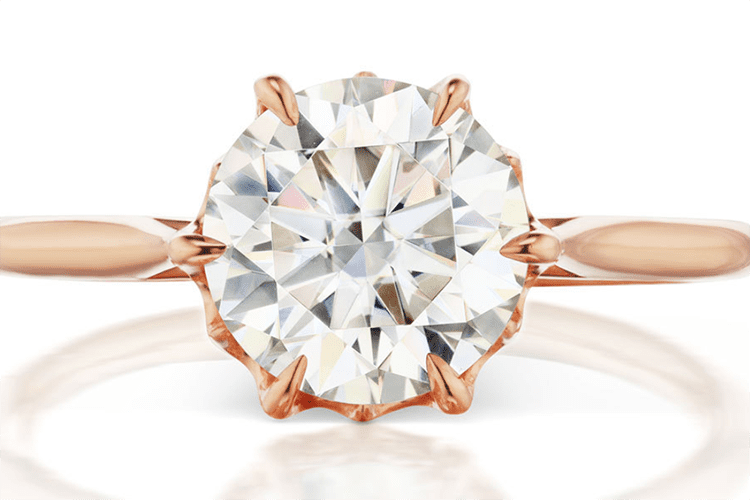
2. ANITA KO
The most traditional prong-set ring centers around a round diamond, but the setting can be adapted to any number of cuts, such as this sweet heart-shaped sparkler. $4,500 (Photo courtesy of Anita Ko)
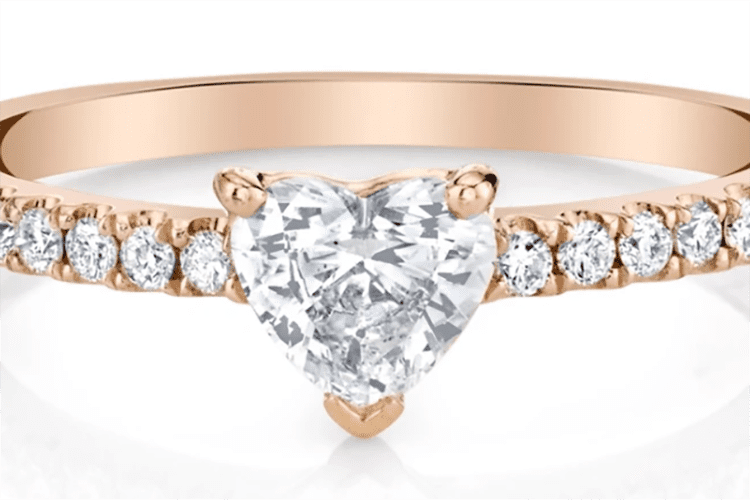
3. TACORI
Even if prong-set rings lack the bells and whistles of other styles, the simple lines can be embellished. Here, the eight-prong setting is combined with a diamond-studded basket (hidden around the center stone’s sides) and a pavé band. From $8,390 excluding center stone (Photo courtesy of Tacori)
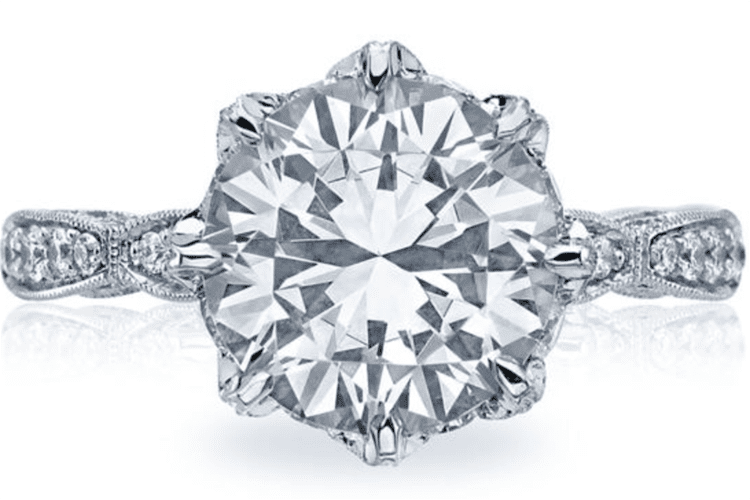
4. EVA FEHREN
The beauty of prong settings is that they let a superlative stone shine, as evidenced by this exceptionally clear 2.08 carat portrait-cut beauty. Price upon request (Photo courtesy of Eva Fehren)
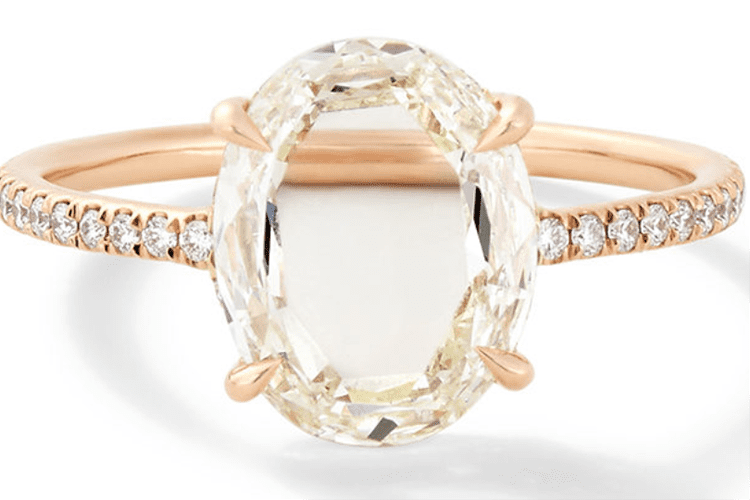
5. ERIKA WINTERS
What appears as a perfectly pretty solitaire from the top reveals some hidden surprises on the sides: an intricately sculpted basket trimmed with fine milgrain edges. $12,800 (Photo courtesy of Erika Winters)
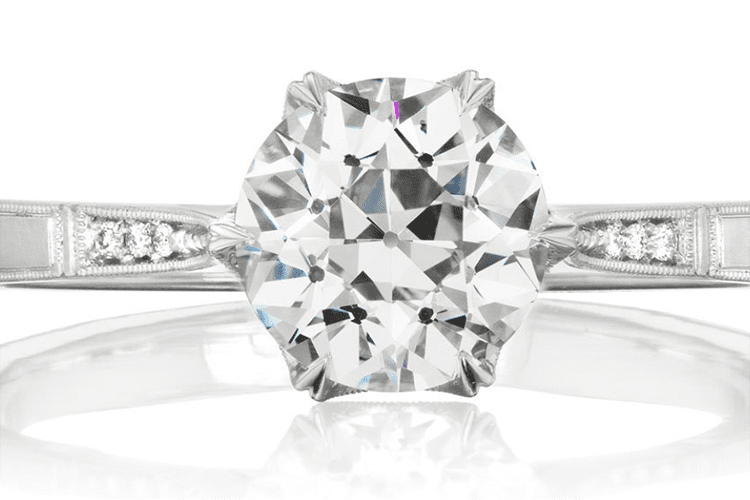
6. MATERIAL GOOD
This ring is all about the subtle details: a dazzlingly faceted, 1.08 carat cushion-cut stone, four diamond-studded platinum prongs, and a diamond pavé band in 18k gold. $15,150 (Photo courtesy of Material Good)
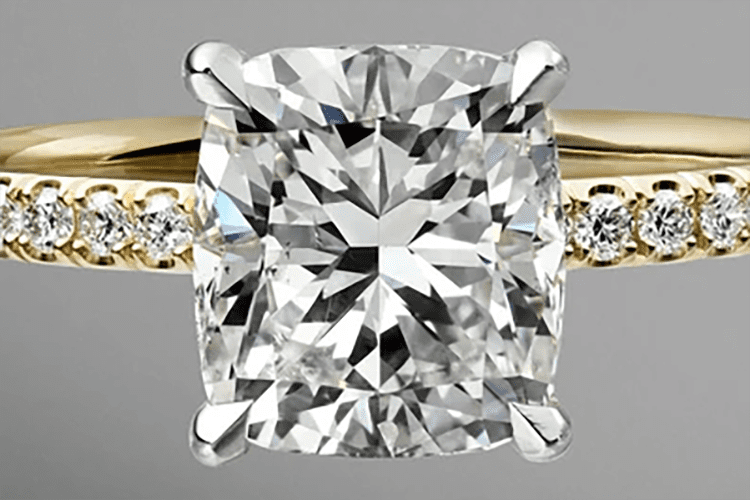
7. POLLY WALES
Prong-set rings can be unconventional, too. Here, an array of diamonds are set using the ancient lost wax method — which lends this ring its earthy, organic charm. $6,100 (Photo courtesy of Polly Wales)
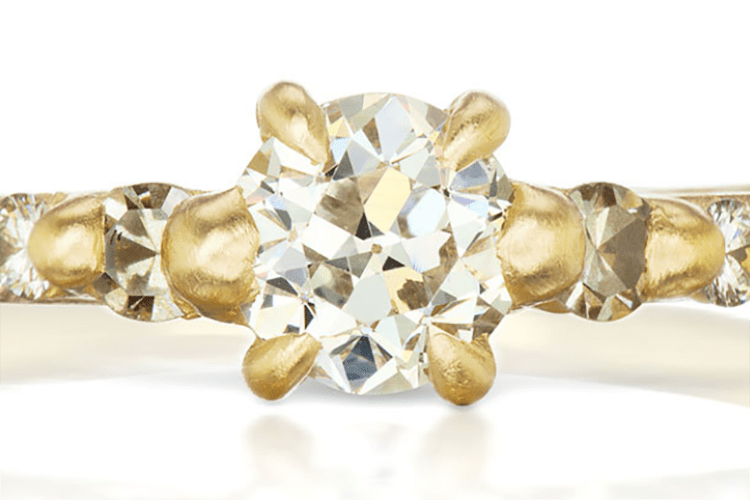
8. NORA KOGAN
Turning up the volume on your standard prong setting, this ring features a wide band washed in diamonds of varying sizes, crowned with the understated sparkle of a rose-cut diamond. $25,980 (Photo courtesy of Nora Kogan)
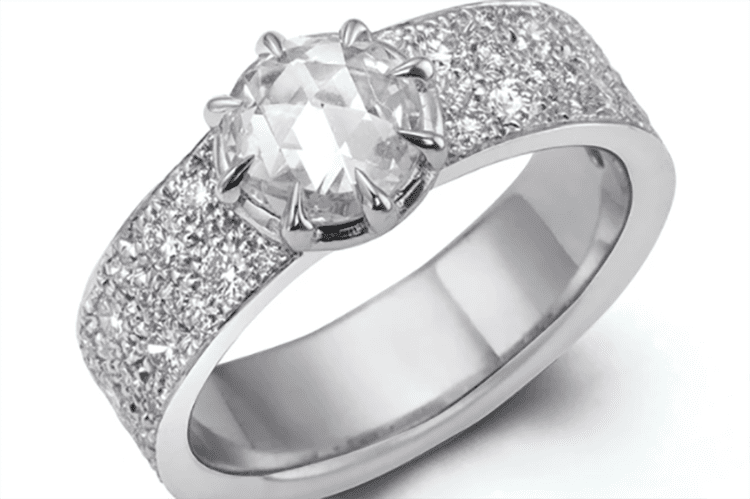
9. BLUE NILE
Asymmetrical cuts, like this pear-shaped diamond, are a less common choice for prong settings. But this ring proves that the setting is a brilliant match for any center stone. From $775, excluding center stone (Photo courtesy of Blue Nile)
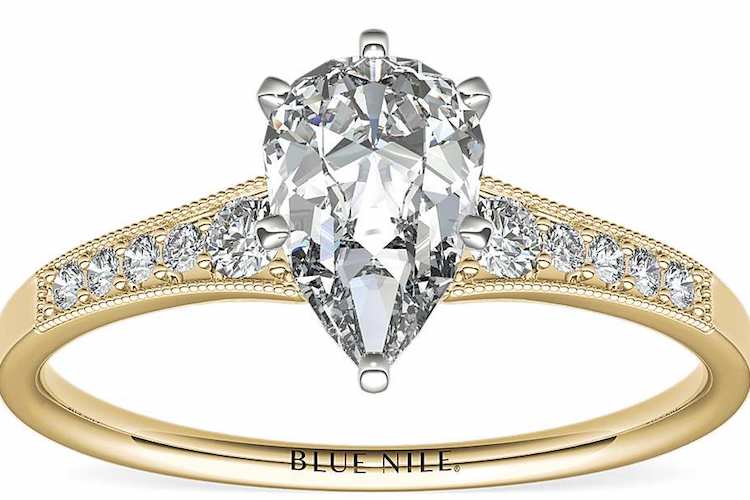
10. ERIE BASIN
There’s a modern vibe to this ring’s combination of a sleek, elongated emerald-cut diamond with a squared gold band. Minimalist design with maximal cool. $4,350 (Photo courtesy of Erie Basin)
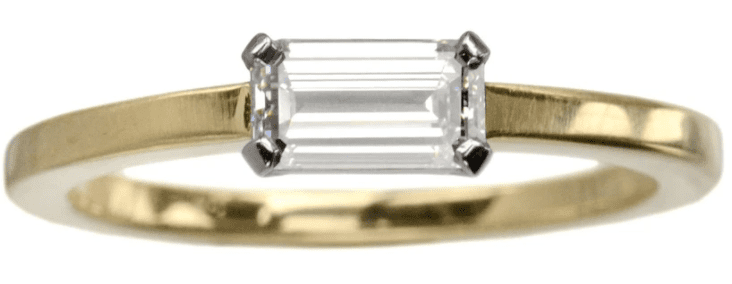
Bottom Line
All the variables that go into one small ring can be overwhelming. But choosing a setting needn’t make you sweat. Going with a prong-set ring ensures a timeless look she’ll love and an eye-catching diamond you can be proud of.

